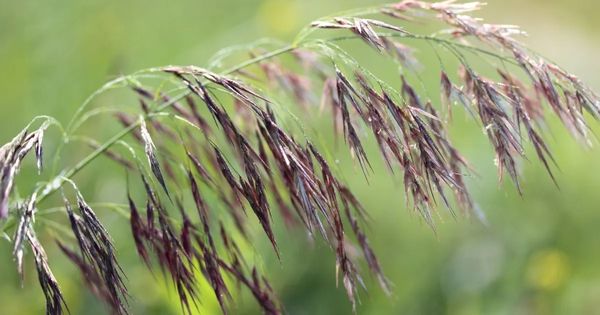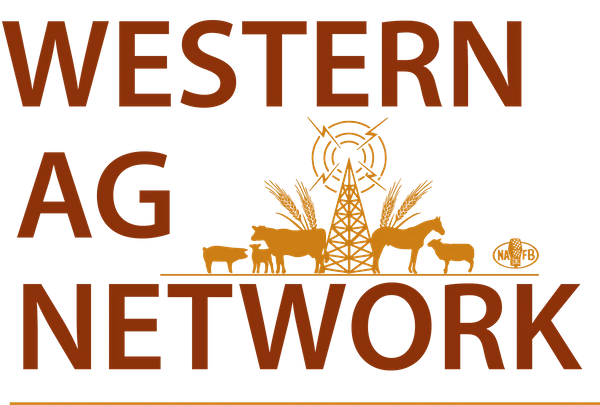.png?fit=outside&w=1200&h=630)
Cheatgrass Is Costing Ranchers—and It’s Only Getting Worse.
August 6, 2025
Cheatgrass Is Costing Ranchers—and It’s Only Getting Worse.
According to a new study from the University of Wyoming, cheatgrass alone is responsible for more than $32 million in annual losses to the state’s grazing economy. Left unmanaged, that number could balloon to over $110 million per year, making it the most economically damaging invasive weed in the state.
The pilot study, conducted by UW’s agricultural economists and invasive weed specialists, analyzed ten of the most aggressive weeds in Wyoming. It found cheatgrass to be the most severe threat due to its rapid spread, reduced forage value, increased wildfire risk, and lasting ecosystem damage. In some areas, cheatgrass infestation has reduced rangeland cash rent values by up to 80%.
“This report gives insight into how bad it could be if such weeds were left unchecked,” said co-author Brian Mealor, director of UW’s Sheridan Research and Extension Center. “Every dollar lost to cheatgrass is a dollar that would’ve gone back into local communities.”
But ranchers aren’t without hope—or tools.
Rejuvra®: A Long-Term Solution to a Growing Problem
Western Ag Networks Lane Nordlund has seen firsthand how cheatgrass has overtaken parts of Central Montana. “It looks green early in the season, but it cures out fast and becomes useless—and dangerous—when it comes to wildfire,” Nordlund shared on a recent episode of his LaneCast Ag Podcast with Envu’s Justin Hossfeld.
To fight back, Nordlund turned to Rejuvra®, a pre-emergent herbicide from Envu™ Range & Pasture. Designed to bind in the top half-inch of soil and remain effective for up to four years, Rejuvra® doesn’t harm desirable grasses and works by burning the root radical of germinating cheatgrass seeds—effectively depleting the soil seed bank.
“After just one application, I saw the difference,” said Nordlund. “You could see right where I sprayed. The cheatgrass was gone, and native forage had room to come back.”
What Makes Rejuvra® Different?
Unlike traditional herbicides that wash away or suppress all species, Rejuvra® is highly selective and long-lasting.
“Rejuvra doesn’t move from that top half inch of soil and has no foliar activity,” explained Justin Hossfeld, Envu Range & Pasture Specialist. “It only activates when cheatgrass germinates. It burns the root tip and makes that seed inert—stopping the cycle for up to four years.”
That multi-year control is key to depleting the soil seed bank—a major reason cheatgrass keeps returning when only treated with annual sprays.
Timing Matters – and So Does Strategy
According to Hossfeld, the two best times to apply Rejuvra® are:
- Spring (April–June): When moisture helps incorporate the herbicide and prime it for fall germination.
- Late Summer/Fall (August–November): After grazing reduces thatch, allowing direct soil contact.
“You can’t just stop using the ranch to control cheatgrass,” said Nordlund. “The fall window let us pull the equity out of the pasture, then set it up for long-term recovery.”
For areas where cheatgrass has already germinated, Hossfeld recommends pairing Rejuvra® with a light dose of Imazapic for quick control.
Tools to Maximize ROI and Results
To help ranchers make informed decisions, Envu offers two powerful digital tools:
Return on Investment Calculator
“Ranchers don’t have to just take our word for it,” said Hossfeld. “This calculator helps them compare investments—like a new bull, fencing, or pasture rehab—and see which pays back fastest.”
With Rejuvra®, the calculator shows potential savings of:
- $50–$100 per head in feed costs
- $15–$25 per head in labor savings
- Plus gains in pasture longevity, body condition, and weaning weights
RangeView® Platform
This interactive mapping tool allows ranchers to:
- Draw pastures and treatment zones
- Coordinate with applicators
- Track forage production
- Plan and receive alerts for rotational grazing
“RangeView® even tells you when to move cattle based on percent utilization,” Hossfeld noted. “It’s like having an extra ranch hand watching over your range.”
Building a Better Grazing Future
Cheatgrass isn’t just a plant problem—it’s a ranch economics problem, an ecosystem problem, and a wildfire problem. And while the University of Wyoming’s study underscores the staggering costs, Envu’s tools give ranchers a path forward.
“We sold 6,000 gallons of Rejuvra in our first year,” said Hossfeld. “This year, we’re on track to sell 33,000 gallons—because producers are seeing it works.”
From Central Montana to Eastern Wyoming and beyond, Rejuvra® is helping ranchers take back control of their land, reduce costs, and restore productivity for the long haul.
🔗 Try the ROI Calculator & Explore RangeView®
👉 Click here to get started with Envu™ Range & Pasture tools










